Nursing Quality Indicators: Analysis and Recommendations
VerifiedAdded on 2022/08/19
|5
|875
|61
Report
AI Summary
This report provides an analysis of nursing quality indicators, focusing on structural, process, and outcome indicators within a healthcare setting. The report examines a scenario where a patient's care is compromised due to deficiencies in nursing practices, including inadequate assessment of patient needs, dietary errors, and a lack of communication. It highlights the importance of structural indicators, such as nursing staff skills and education, and process indicators, like patient assessment and intervention, in ensuring quality care. The report also addresses ethical issues arising from the scenario, such as negligence and lack of accountability, and proposes solutions using system resources like financial and information technology resources to improve patient care and communication. The conclusion emphasizes the need for healthcare providers to treat patients with utmost concern, regardless of their background, to ensure optimal patient outcomes and uphold ethical standards.
1 out of 5
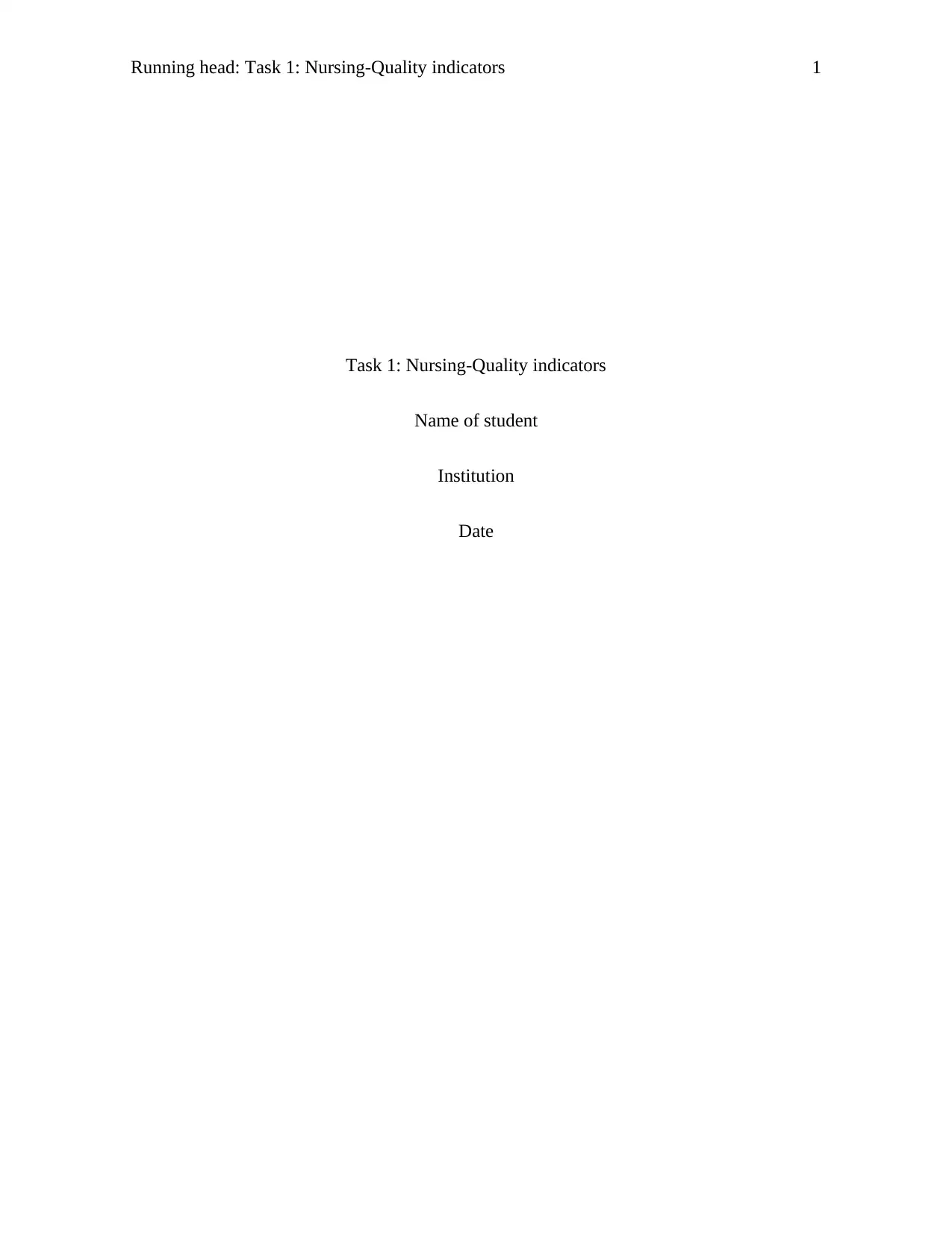
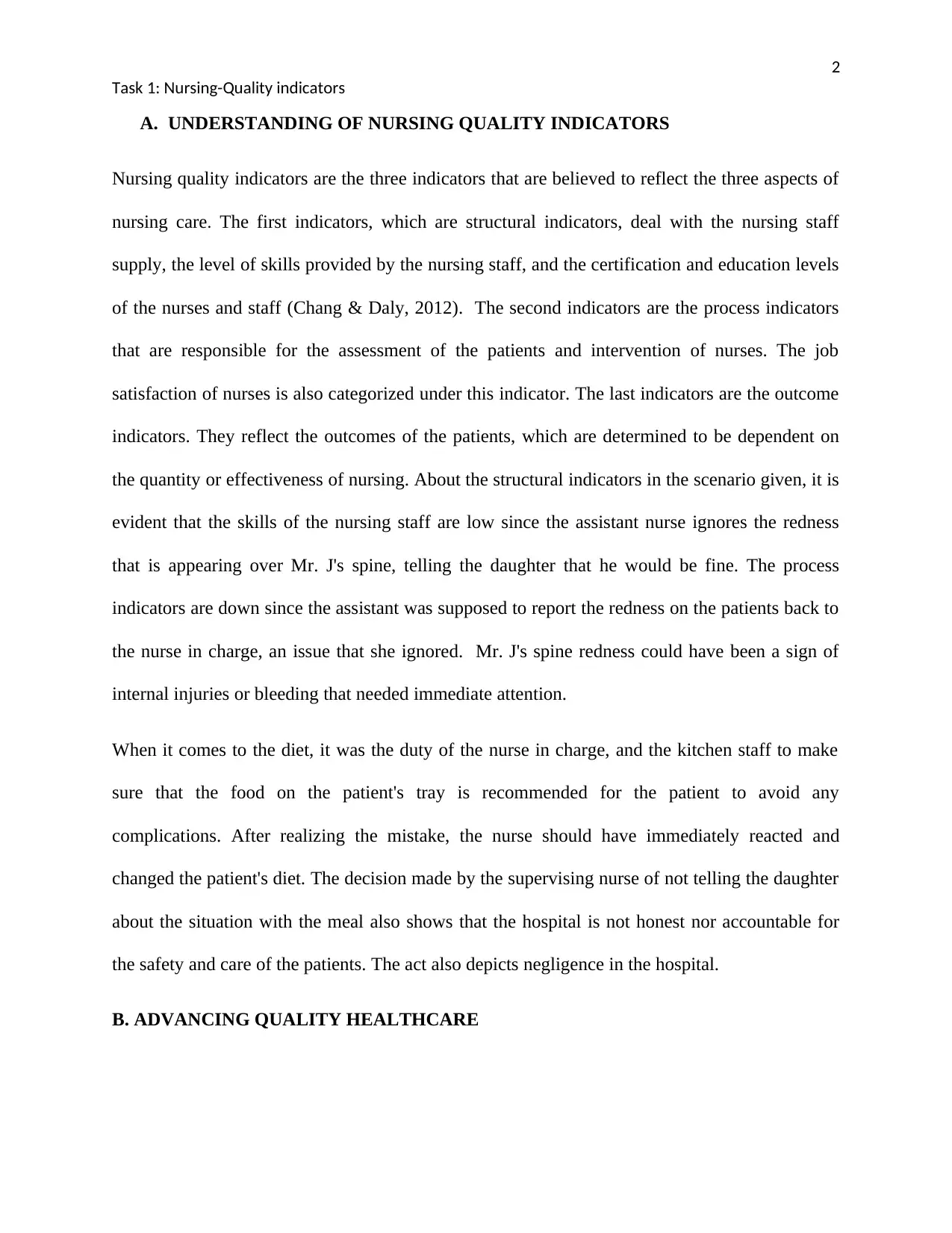
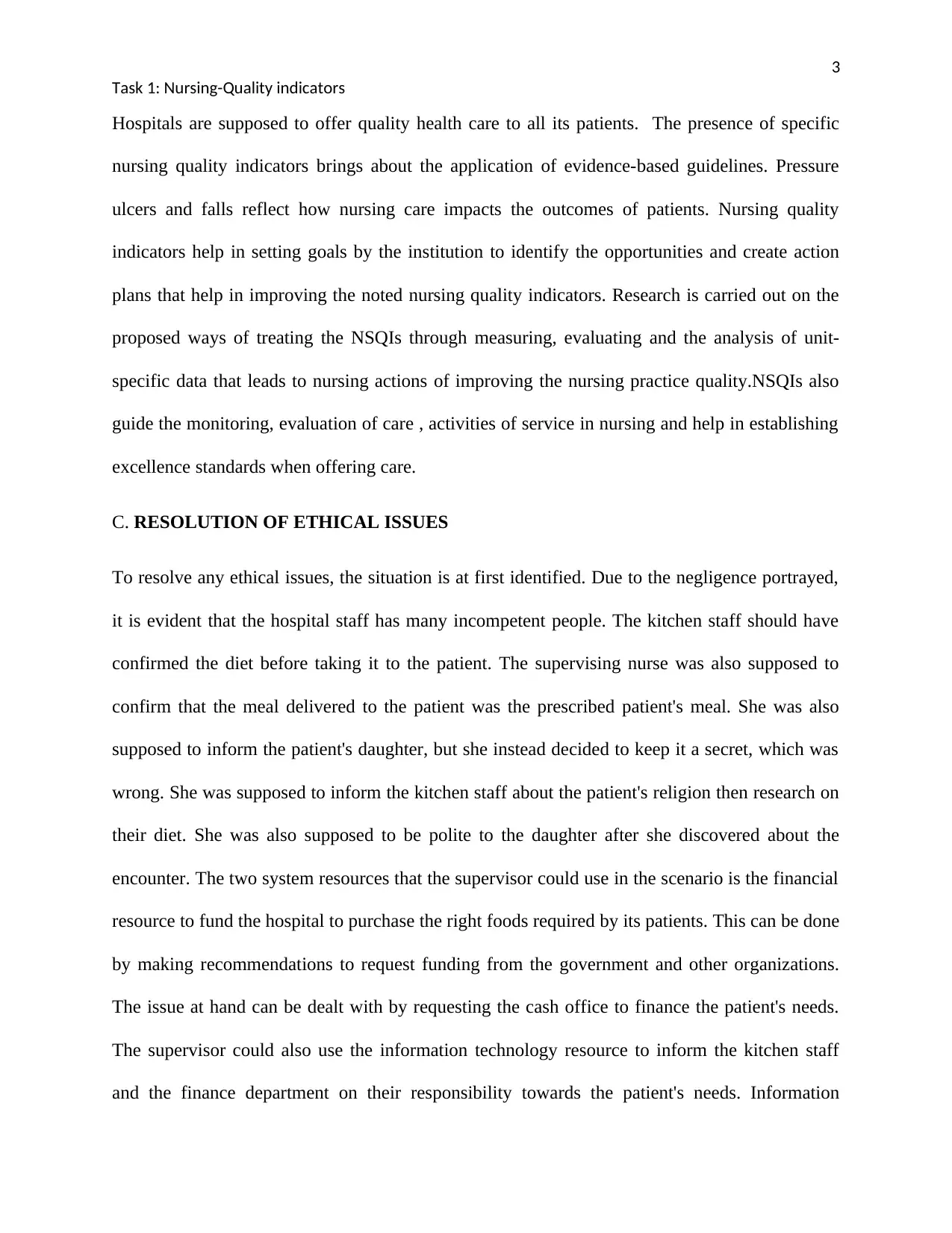

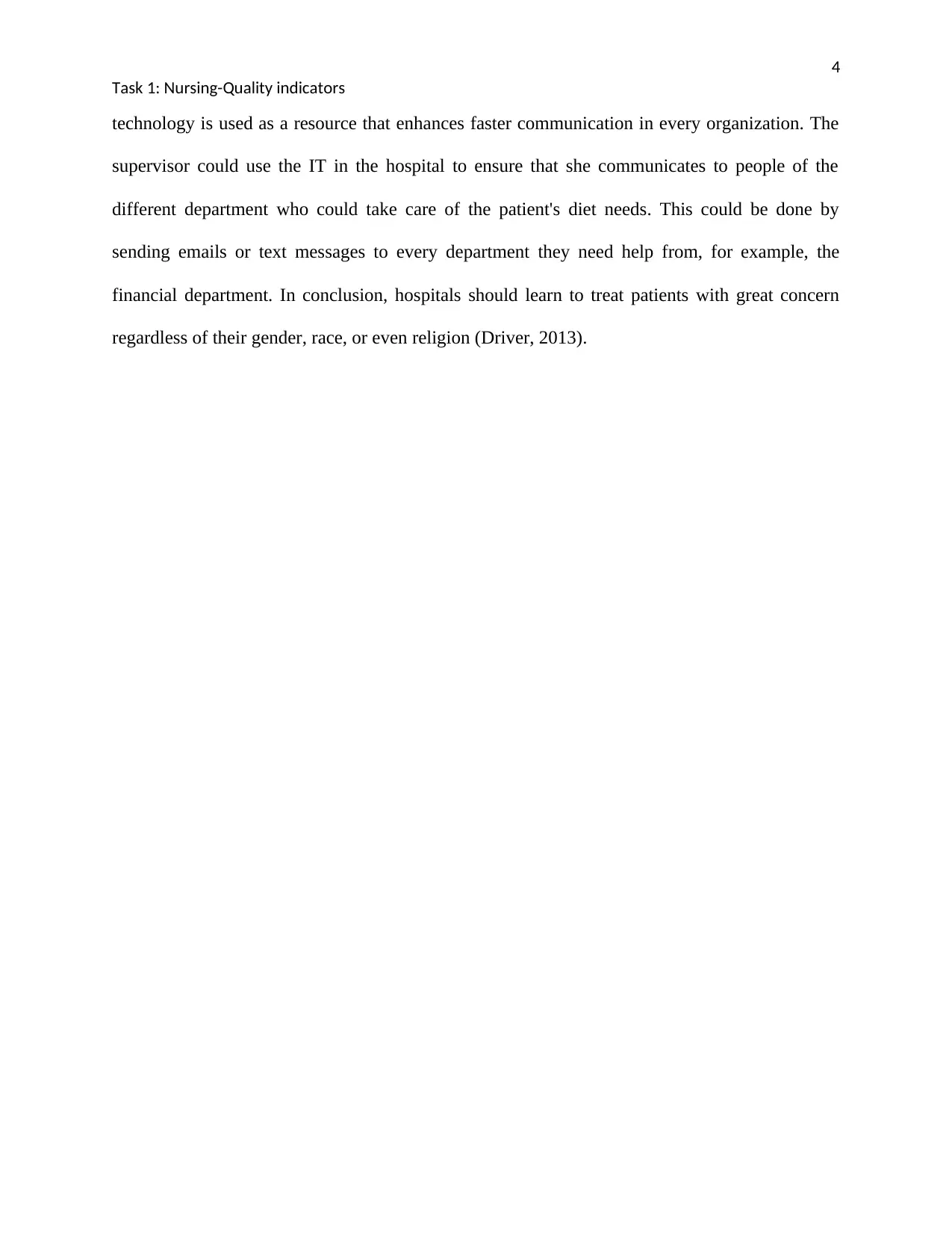
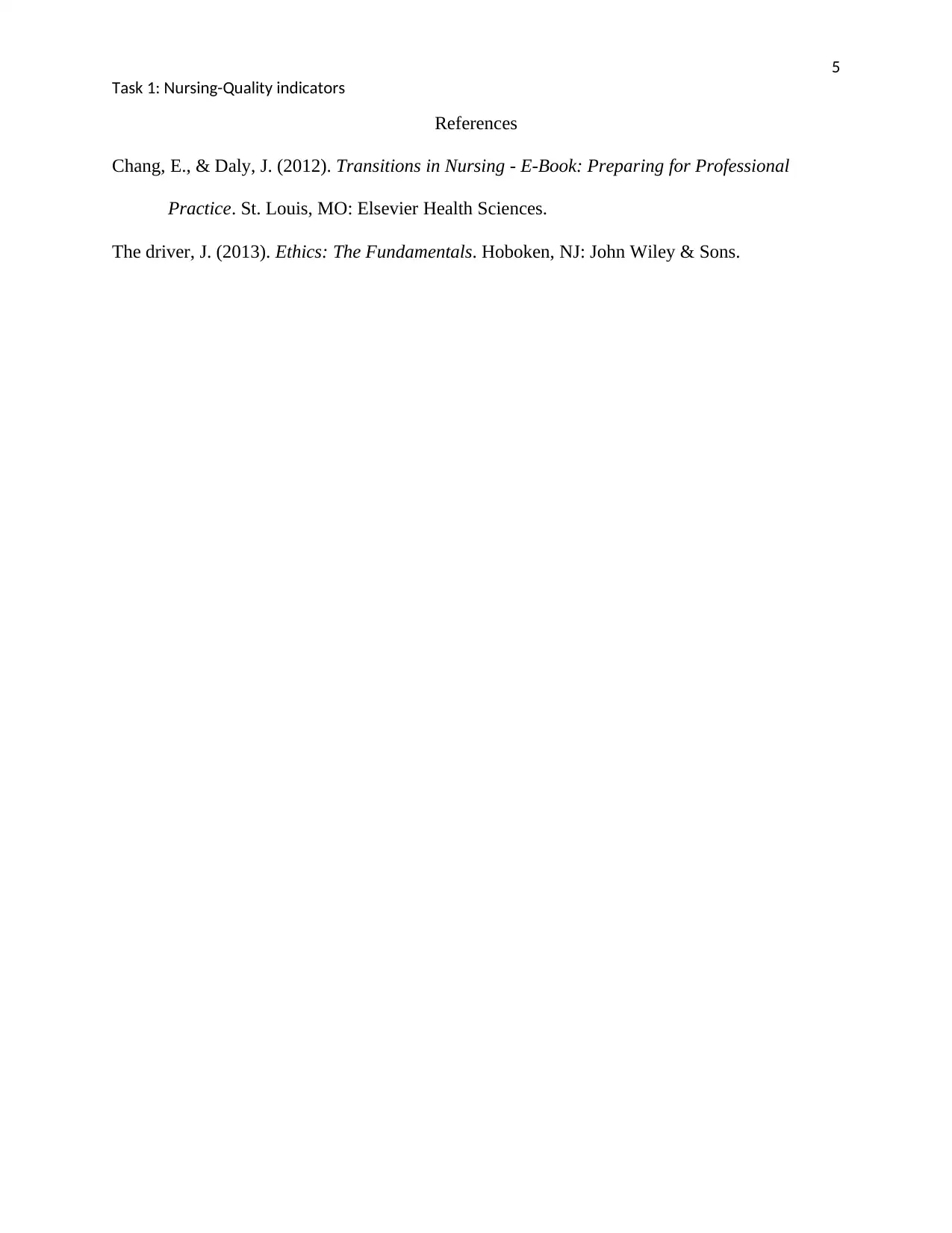






![[object Object]](/_next/static/media/star-bottom.7253800d.svg)